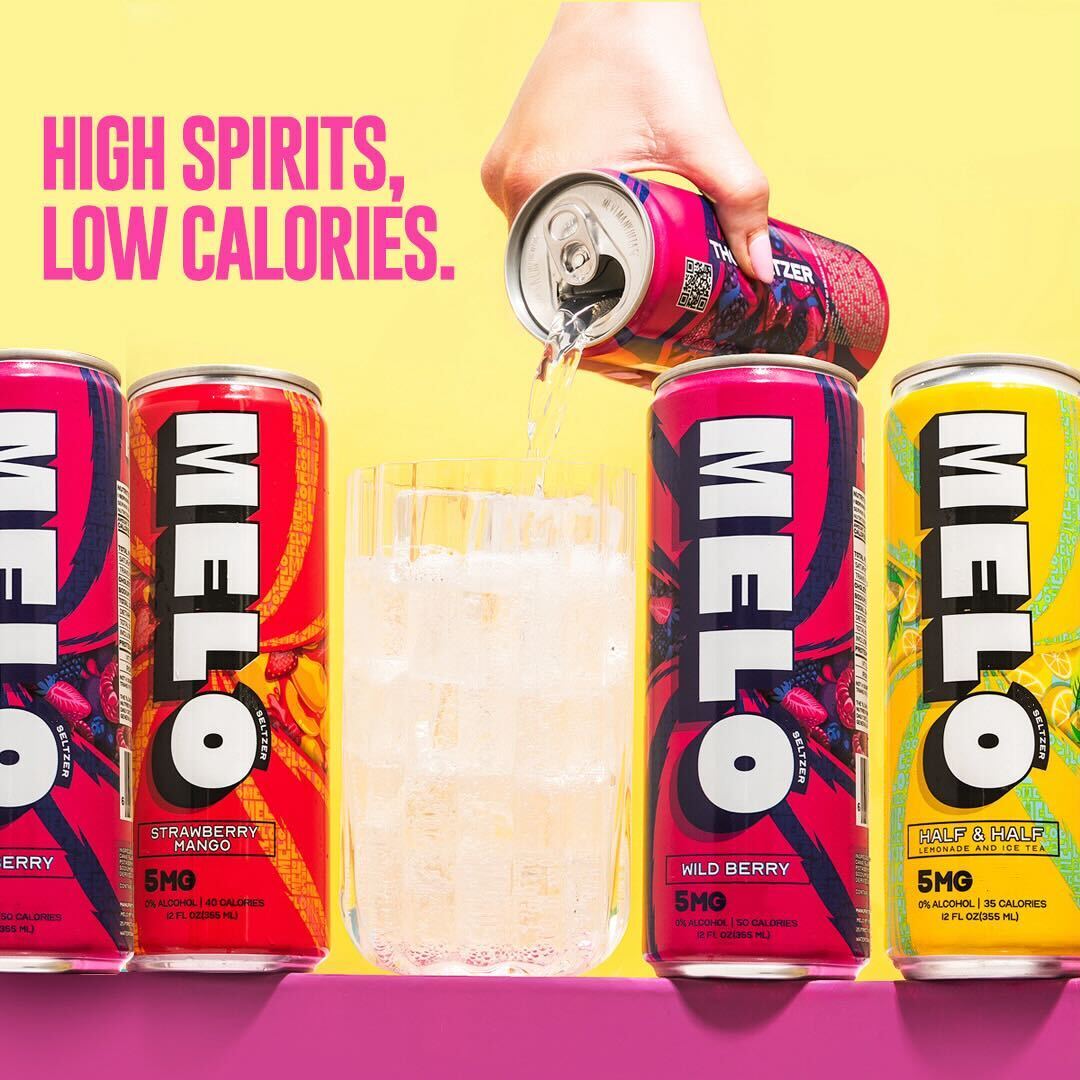THC Consumption Methods
When it comes to consuming cannabis, there are numerous methods available, each with its own set of effects and potential health implications. Two popular options are ingesting THC in beverages and smoking cannabis flower. While both deliver the psychoactive compound THC, their delivery mechanisms, onset times, and overall impact on the body differ significantly.
Smoking
Smoking involves inhaling heated cannabis smoke, which rapidly delivers THC into the bloodstream through the lungs. This method leads to a quick onset of effects, typically within minutes. However, smoking exposes users to harmful byproducts of combustion, such as carbon monoxide and tar, which can damage lung tissue and increase the risk of respiratory problems.
Drinking
In contrast, THC beverages involve ingesting edibles or drinks that contain cannabis-derived compounds. The THC is absorbed through the digestive system and metabolized by the liver before entering the bloodstream. This process takes significantly longer, with effects usually taking 30 minutes to several hours to be felt. While avoiding the inhalation of combustion byproducts, consuming THC beverages can lead to a more intense and prolonged high compared to smoking. The delayed onset also makes it easier to accidentally overconsume, leading to unwanted side effects like anxiety or paranoia.

Physiological Effects
Understanding the physiological effects of different cannabis consumption methods is crucial for making informed choices about personal health and well-being.
Absorption and Onset
Physiological effects differ between THC drinks and smoking due to variations in absorption and onset times. Smoking delivers THC quickly through the lungs, resulting in rapid absorption into the bloodstream. This leads to a fast onset of psychoactive effects within minutes.
THC beverages, on the other hand, undergo digestion and metabolic processing by the liver before entering circulation. This process is slower, causing an onset time that typically ranges from 30 minutes to several hours. The delayed onset can result in a more intense and prolonged high compared to smoking, but it also increases the risk of overconsumption.
Duration of Effects
Both methods affect the endocannabinoid system, responsible for regulating various physiological processes like mood, appetite, pain perception, and immune function. THC binds to cannabinoid receptors in the brain and body, triggering a cascade of neurochemical changes that produce its characteristic psychoactive effects.
The duration of effects also varies significantly. Smoking generally leads to shorter-lasting effects, typically lasting for 2-3 hours. This is due to the rapid metabolism of THC when absorbed through the lungs.
THC beverages, with their delayed onset and slower absorption, can produce effects that last longer, sometimes up to 6-8 hours or even longer depending on individual factors such as body mass and metabolism.
Potential Risks and Side Effects
Potential risks and side effects associated with THC consumption methods vary based on the delivery mechanism and individual susceptibility. Smoking cannabis poses risks like respiratory issues, lung damage from inhaled byproducts, and an increased risk of cardiovascular problems due to the temporary increase in heart rate.
THC beverages can lead to overconsumption due to the delayed onset, potentially resulting in intensified side effects such as anxiety, paranoia, nausea, or vomiting. Long-term use of high doses of THC can impact cognitive function and memory, particularly in developing brains.
Respiratory System
The physiological effects of consuming THC through drinks versus smoking stem from differences in absorption rates and onset times. Smoking delivers THC rapidly into the bloodstream through the lungs, leading to a quick onset of psychoactive effects within minutes.
THC beverages, on the other hand, are absorbed through the digestive system and metabolized by the liver before entering circulation. This process is significantly slower, resulting in an onset time that typically ranges from 30 minutes to several hours.
Both methods interact with the endocannabinoid system, which regulates mood, appetite, pain perception, and immune function. THC binds to cannabinoid receptors in the brain and body, triggering neurochemical changes responsible for its psychoactive effects.
The duration of effects also varies. Smoking generally results in shorter-lasting effects, typically 2-3 hours, due to rapid metabolism. THC beverages, with their delayed onset and slower absorption, can produce longer-lasting effects, sometimes up to 6-8 hours or more.
Cardiovascular System
Both smoking and ingesting THC affect the cardiovascular system.
- Smoking cannabis causes a temporary increase in heart rate. This is because THC stimulates the release of adrenaline, which can lead to palpitations and increased blood pressure.
- THC can also constrict blood vessels, which can further elevate blood pressure.
- While the effects of smoking on heart rate are temporary, frequent or heavy use may contribute to long-term cardiovascular problems, especially in individuals with pre-existing conditions.
The impact of THC drinks on the cardiovascular system is less immediate but can still be significant.
Mental Health
Both methods affect the cardiovascular system. Smoking cannabis causes a temporary increase in heart rate because THC stimulates the release of adrenaline, leading to palpitations and increased blood pressure. THC can also constrict blood vessels, which can further elevate blood pressure.
While the effects on heart rate from smoking are temporary, frequent or heavy use may contribute to long-term cardiovascular problems, especially in individuals with pre-existing conditions. The impact of THC drinks on the cardiovascular system is less immediate but can still be significant.
Health Benefits
Understanding the health implications associated with different cannabis consumption methods is essential for making informed choices about personal well-being. While both smoking and consuming THC in beverages deliver psychoactive effects, their physiological impacts diverge due to variations in absorption rates and onset times.
Pain Management
When it comes to pain management, both THC drinks and smoking offer potential relief, but the experience differs significantly. Smoking delivers fast-acting pain relief as THC reaches the bloodstream quickly through the lungs. However, this rapid onset can be accompanied by side effects like anxiety and paranoia, which may not be suitable for everyone seeking pain management.
THC drinks offer a slower, more sustained pain relief approach. The delayed onset allows for better dosage control and a smoother, longer-lasting experience. This method may be preferable for individuals looking for consistent pain relief over several hours. It’s important to note that with THC drinks, the delayed onset can also lead to accidental overconsumption, so careful dosage adjustments are crucial.
Choosing the best method depends on individual needs and preferences. Those seeking rapid pain relief might prefer smoking, while those who prioritize sustained relief and a gentler onset may find THC drinks more suitable.
Nausea and Vomiting Relief
Nausea and vomiting are potential side effects of consuming too much THC, regardless of the consumption method.
When THC is ingested orally, as in edibles or drinks, it takes longer to be absorbed into the bloodstream. This delayed onset can lead individuals to consume more than intended, increasing the likelihood of experiencing nausea and vomiting.
It’s crucial to start with a low dose when trying THC for the first time and gradually increase the amount as tolerated.
Appetite Stimulation
THC beverages are known to stimulate appetite due to their interaction with the endocannabinoid system. This system plays a role in regulating hunger cues and food cravings. By binding to cannabinoid receptors, THC can influence neurotransmitters associated with appetite, leading to increased desire for food.
Social and Legal Considerations
The increasing popularity of cannabis consumption has led to a rise in both legal and social considerations surrounding its use. As various methods of consumption emerge, it’s essential to examine the potential impacts on individual health, societal norms, and legal frameworks.
Social Stigma
Social stigma associated with cannabis use persists despite growing acceptance and legalization efforts in some regions. This stigma can create barriers for individuals seeking information about safe and responsible consumption, leading to misconceptions and fear surrounding cannabis and its potential benefits.
Legal considerations surrounding cannabis vary widely across jurisdictions, impacting access, usage regulations, and public perception. The evolving legal landscape necessitates ongoing education and clear communication to ensure informed decision-making by both individuals and policymakers.
Legality and Regulations
Social and legal considerations are intertwined with the consumption of THC, whether through drinks or smoking. These factors influence accessibility, public perception, and individual choices.
- Legalization and Regulation: The legal status of cannabis varies significantly across countries and states. Some regions have fully legalized recreational use, while others maintain strict prohibitions. Variations in regulation impact access to THC products, permissible consumption levels, and public safety measures.
- Social Stigma: Despite growing acceptance, cannabis use remains stigmatized in many societies. This stigma can lead to discrimination, social isolation, and reluctance to seek information or support related to cannabis use.
- Public Health Concerns: Debates exist regarding the potential health impacts of cannabis consumption. While some advocate for its medicinal benefits, others express concerns about addiction, cognitive impairment, and respiratory issues associated with smoking.
Navigating these complex social and legal considerations is crucial for promoting responsible cannabis use and ensuring individual well-being.
Overall Wellness Considerations
Understanding the diverse health implications associated with different cannabis consumption methods is crucial for making informed choices about personal well-being. While both smoking and consuming THC in beverages deliver psychoactive effects, their physiological impacts diverge due to variations in absorption rates and onset times.
Long-Term Health Impacts
When considering long-term health impacts, it’s important to acknowledge that research on the chronic effects of cannabis consumption is ongoing and evolving. However, certain potential risks and benefits have emerged.
Smoking cannabis poses well-documented risks to respiratory health. Inhaling heated smoke introduces harmful byproducts like tar and carbon monoxide into the lungs, potentially leading to chronic bronchitis, impaired lung function, and increased susceptibility to respiratory infections.

Long-term THC use can also impact cognitive function. Studies suggest that heavy or prolonged cannabis use, especially during adolescence when the brain is still developing, may be associated with cognitive impairment, memory problems, and reduced executive functioning.
Regular cannabis use has been linked to an increased risk of cardiovascular problems, particularly in individuals with pre-existing heart conditions. THC can elevate heart rate and blood pressure, potentially putting strain on the cardiovascular system over time.
However, it’s important to note that research also suggests potential therapeutic benefits associated with cannabis use. Compounds like cannabidiol (CBD) have shown promise in managing chronic pain, reducing inflammation, alleviating anxiety, and potentially helping with epilepsy.
Addiction Potential
The long-term health effects of THC consumption are complex and still being researched. While some potential risks are associated with both smoking and ingesting THC, there are also emerging therapeutic benefits. It’s crucial to consider these factors carefully when making informed decisions about cannabis use.
Smoking cannabis poses well-documented risks to respiratory health due to inhaling harmful byproducts of combustion, which can lead to chronic bronchitis, impaired lung function, and increased susceptibility to respiratory infections. Long-term THC use may also impact cognitive function, particularly during adolescence when the brain is still developing.
While research on the chronic effects of THC consumption is ongoing, potential risks include cardiovascular problems, especially in individuals with pre-existing conditions. THC can elevate heart rate and blood pressure, potentially straining the cardiovascular system over time.
However, emerging research suggests that certain compounds in cannabis, such as cannabidiol (CBD), may offer therapeutic benefits. CBD has shown promise in managing chronic pain, reducing inflammation, alleviating anxiety, and potentially helping with epilepsy.
Making informed decisions about cannabis consumption involves weighing the potential risks and benefits while considering individual health factors, legal considerations, and social norms.
Enjoy Melo Seltzer’s Cannabis Seltzers Anytime, Anywhere
- How Graysexuality Influences How We Define Sexual Attraction - September 30, 2025
- Gummy Smile Treatment – Gum Contouring Near Farnham, Surrey - September 29, 2025
- Filler For Lower Face Wrinkles In Farnham, Surrey - September 26, 2025
